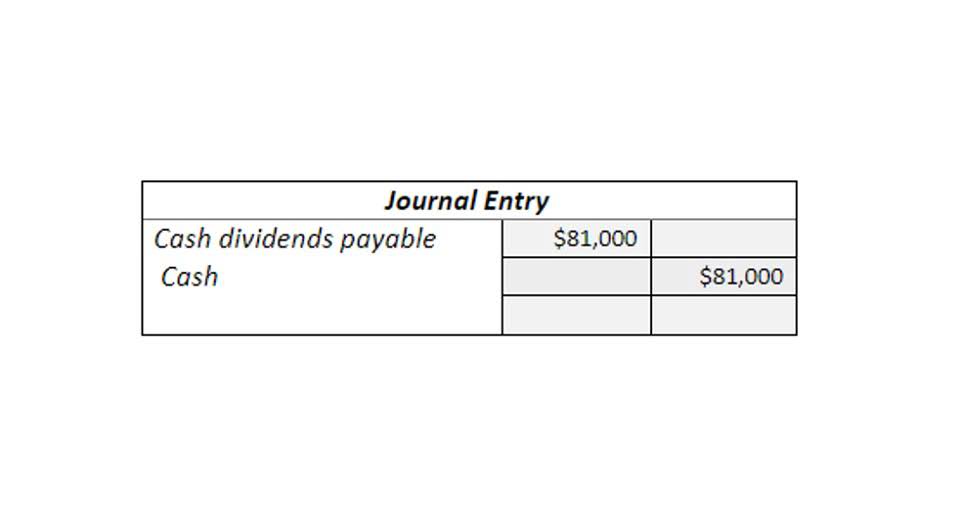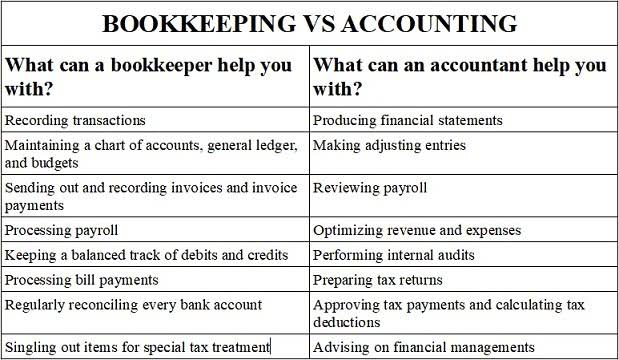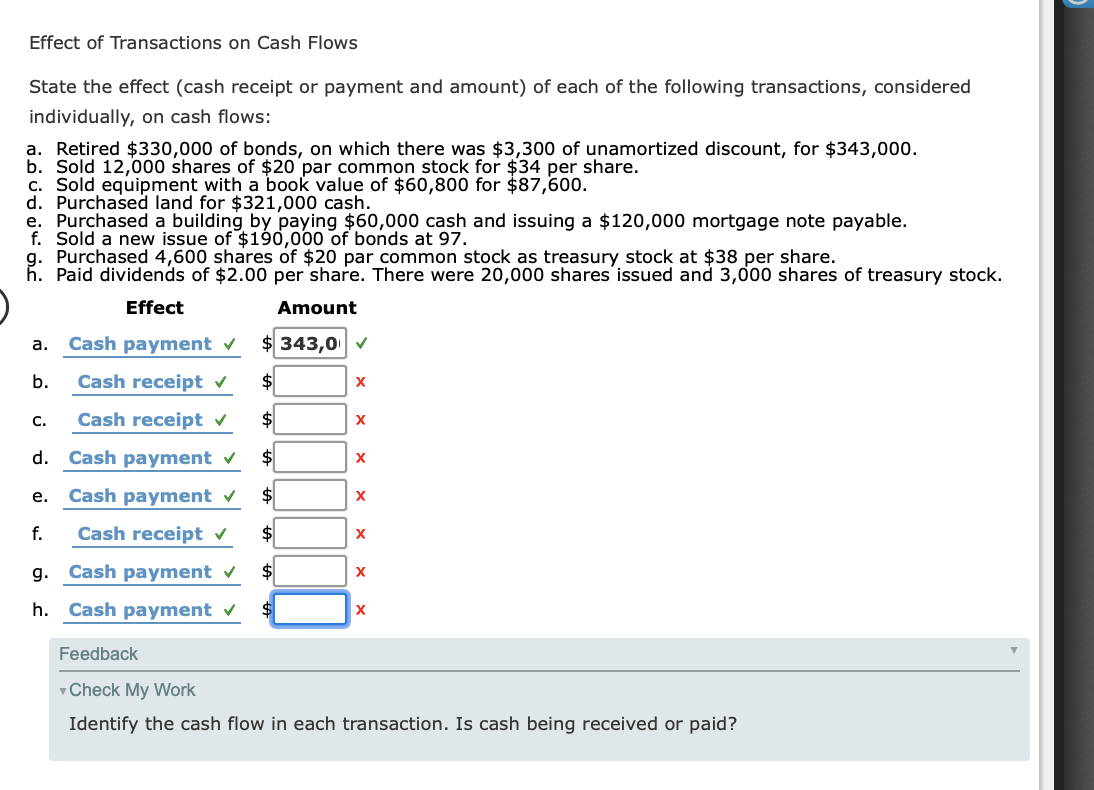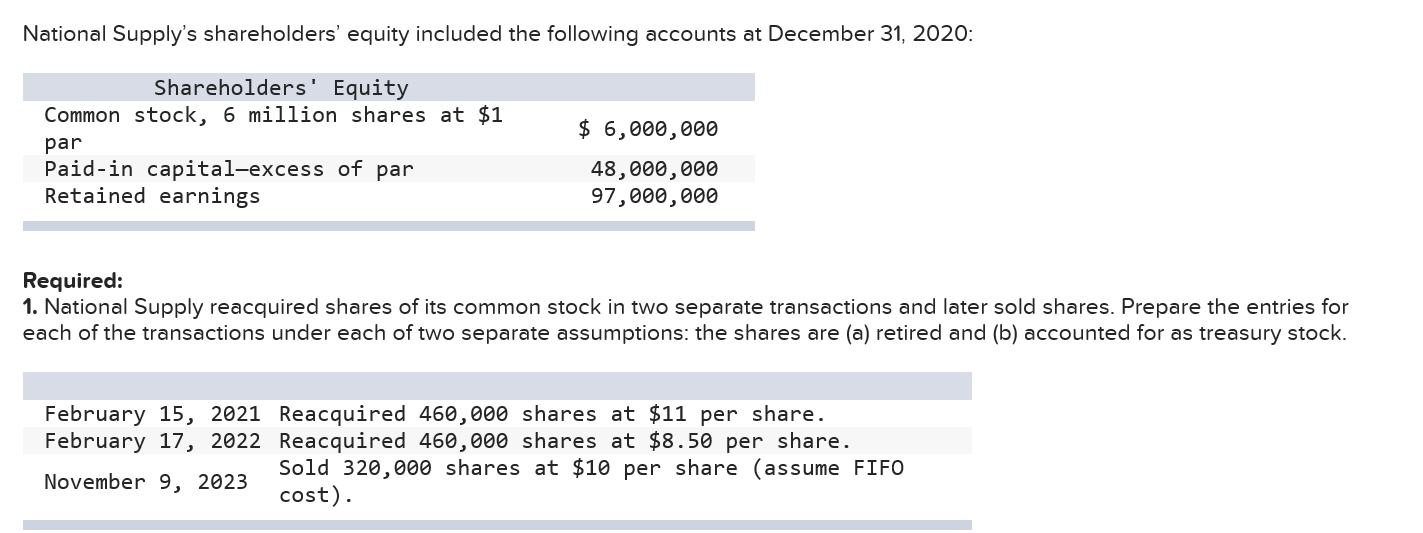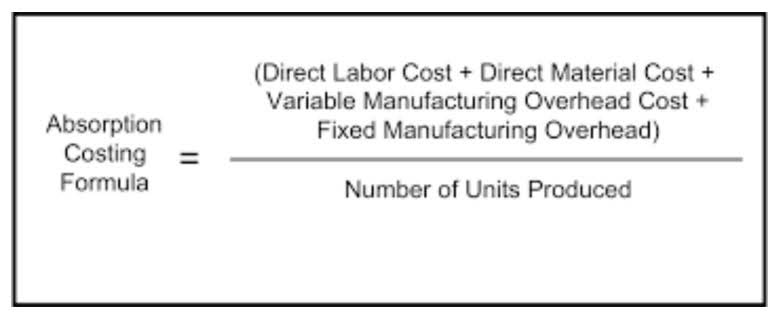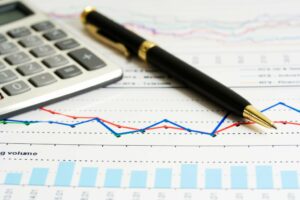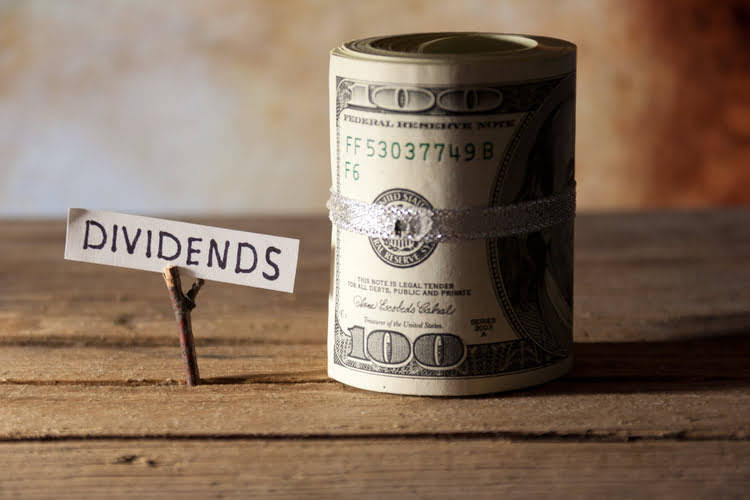Construction Accounting 101: A Complete Guide Blog
Look for providers offering a comprehensive suite specifically tailored to construction companies. This should include job costing and project management tools that provide real-time insights into costs, budgets, and profitability. Construction companies can outsource various accounting services, including bookkeeping, payroll, tax services, financial reporting, and CFO services. These services cover essential financial tasks, allowing companies to focus on project management and client satisfaction. Tapping into specialized expertise and advanced technologies provides a handful of benefits when partnering with a third-party service provider.
CFO Services
- They will deal with your financial information, bank accounts, credit cards, invoices, and other important documents.
- It is crucial to track the direct costs and indirect costs of each project separately.
- Nonetheless, managing this function in-house can be demanding, particularly for smaller businesses or those aiming to scale.
- Progress billing is one of the most widely used methods in construction, particularly for long-term projects.
- Outsourced CFO services are much more advisory in nature than outsourced bookkeeping or controller services.
At first, there may be a lot of work in building the financial infrastructure and accounting services. But after this initial set-up period, the relationship typically reverts to a stable monthly business cycle. Your company can gain game-changing financial insights and unlock benefits including increased cash flow and higher profit margins. If that sounds like something you’d be interested in, read on to learn all about outsourced accounting.
Sign up to receive accounting tips, videos, news and webinar info before anyone else
A strong bookkeeping system is of vital importance for any company or organization. It can be difficult to understand the benefits of partnering with an outsourced CFO before starting to work with one. Many times, businesses have all kinds of hidden opportunities hidden in their internal systems and accounts. It’s the job of the CFO to uncover these inefficiencies and implement strategic changes to remedy them. Working with an outsourced CFO offers business leaders the opportunity to access this financial expertise at a fraction of the cost of hiring a full-time CFO to work for their business. That means you won’t get to spend as much face-to-face time with your accountant as you would if they were your employee.
Q4. Is finance and accounting outsourcing suitable for all businesses?
A U.S.-based international CPA can draw on expertise in all of these areas when advising you on your unique business setup. Hiring, training, and managing an in-house accounting team can be expensive. Outsourcing reduces these overheads while allowing you to pay only for the services you need, whether bookkeeping services or more advanced CFO support. Freelance bookkeepers collaborate one-on-one when it comes to bookkeeping and accounting needs. Many business owners hire full-time in-house bookkeepers, but this isn’t the most cost-effective solution.
Step 1 – Prepare the Business for Outsourcing
With a team of skilled accountants, Profitjets ensures your books are accurate, your compliance requirements are met, and your financials provide valuable insights for growth. Outsourcing finance and accounting functions offers a strategic opportunity to optimize your business operations, allowing you to focus on key growth initiatives. This approach provides scalable solutions that offer flexibility in adapting to changing demands while giving your organization access to skilled experts. These professionals can help navigate complex financial regulations and ensure compliance, all while minimizing risks. Moreover, the success of this strategy https://www.inkl.com/news/the-significance-of-construction-bookkeeping-for-streamlining-projects depends on choosing the right external partner who aligns with your company’s goals and objectives. Handling finances in the construction industry can feel like a full-time job.
- With over 550 skilled professionals, PABS provides a broad range of services, including tax preparation, bookkeeping, and white-label services tailored for construction companies.
- Your outsourced accounting firm will manage your books and work on monthly financial statements, giving you the peace of mind that everything is being handled on your behalf.
- We focus on a few specific industries and software solutions to ensure we operate as a true extension of your team.
- Accurate allocation of these costs ensures that each project bears the appropriate share of equipment expenses, which is crucial for calculating true project profitability and improving cost control.
- These are sometimes assessed in large urban areas (think New York City, San Francisco, etc.).
- Building a robust accounting infrastructure is a foundational element of that.
How Does Outsourced Construction Accounting Work?
James Moore will not be held responsible for any claim, loss, damage or inconvenience caused as a result of any information within these construction bookkeeping pages or any information accessed through this site. FUTA taxes are reported annually using Form 940, Employer’s Annual Federal Unemployment (FUTA) Tax Return. For FICA tax (as well as federal income tax), you must complete and file Form 941, Employer’s Quarterly Federal Tax Return. This form is due by the last day of the month following the end of each quarter, although some employers might be considered annual filers.
For that reason and several others, many construction companies work with an outsourced construction accounting firm. In this overview of outsourced accounting services for construction companies, we share the kinds of tasks you can expect an outsourced construction accounting CPA to handle. We’ll also outline our approach to supporting our construction accounting clients at James Moore. As tax laws and regulations continue to evolve, staying compliant can become a complex and time-consuming task for businesses. Outsourcing tax preparation can be transformative for your company looking to streamline financial operations.
- It is essential that your outsourcing partner follows all relevant laws, regulations, and industry standards to uphold fairness, transparency, and accountability.
- Here are some of the most common reasons business owners outsource their bookkeeping.
- By choosing outsourced construction accounting, companies gain expert support, reduce administrative burdens, and focus on core business activities.
- Outsourced accounting services for construction companies refer to the practice of delegating a company’s financial operations to an external agency.
- Outsourcing finance and accounting functions can be a strategic move to access the resources and expertise your company needs.
Businesses outsource accounts receivable services for construction to boost cash flow management and minimize the administrative burden. Invensis provides specialized accounting services for construction companies, including invoicing, tracking payments, and handling retainage. We have over 24 years of experience in delivering accounting services for construction companies worldwide. Our services encompass various critical functions, including project accounting, financial reporting, and compliance management.


